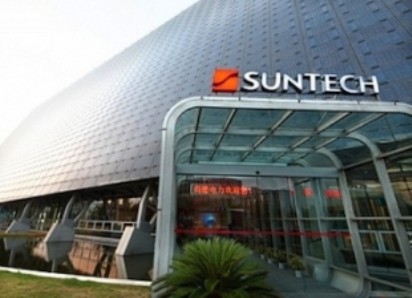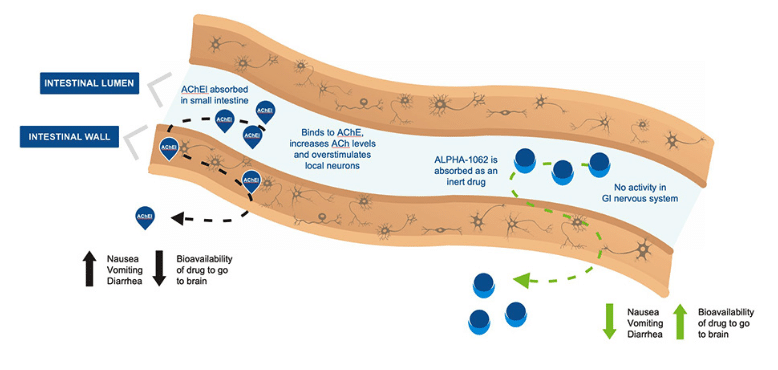

Shares of Natcore Solar (Natcore Solar Stock Quote, Chart, News: TSXV:NXT) are up today after the company said it had made advances that take its black silicon solar cells to commercial levels of efficiency.
Before today, Natcore says its proprietary cells achieved efficiencies of just 1%. That compared rather unfavorably to the average efficiencies for commercial cells, which came in at about 17%.
But Natcore says that through refinement of its in-lab production process, it is now able to achieve efficiencies as high as 14.7%.
Natcore CTO, Dr. Dennis Flood, says the combo of Natcore’s and existing technology could be combined with existing technology to produce even greater efficiencies.
“Combining Natcore’s black silicon technology with our groundbreaking selective emitter technology could raise today’s commercial solar cell efficiencies to new high levels, while still lowering the cost per watt,” he said. “Solar cell manufacturers are aggressively seeking easy-to-implement production steps that will improve their product and profitability without having to raise their prices. Natcore’s combination of selective emitter and black silicon technologies promises to do just that.”
Natcore’s technology, which is licensed from Rice University in Houston, replaces the traditional chemical vapour deposition method used in solar applications with a wet chemistry process. The process, which was granted a patent licence agreement from the U.S. Department of Energy’s National Renewable Energy Laboratory last December, removes the need for silane, which is highly toxic and flammable. Natcore can also use the waste materials from the initial production of the silicon wafers or from the production of semiconductors, which allows facilities currently using the chemical vapour deposition method to potentially lower their cost of goods. The company believes this technology will replace expensive vacuum based furnaces with a silicon dioxide-based film that is grown in an environmentally friendly chemical bath.
The cost of solar energy is coming down. The U.S. Solar Energy Industries Association says the average residential photovoltaic (PV) installation now cost $5.21 per watt nationally, compared to commercial installations, which averaged $4.18 a watt. That number, taken from Q3, 2012, is down dramatically from $6.10 a watt in 2011.
A recent article by Kevin Bullis in the MIT Technology Review notes that solar panel prices have dropped because of a glut of supply from China. This is both good news and bad news, says Bullis. The drop is prices, he says, makes solar competitive with conventional sources of power in many places in the world. But the Chinese government’s support of the industry has delayed the commercialization of more advanced technologies. He says the recent bankruptcy of Suntech, one of the world’s largest producers of solar panels, may actually be good for the industry, because it may allow new technologies to enter the market.
At press time, shares of Natcore Solar were up 16.1% to $.72.
Comment
Leave a Reply
You must be logged in to post a comment.





 Share
Share Tweet
Tweet Share
Share




I’d like to hear more about how China’s solar sector will affect Natcore: http://alfidicapitalblog.blogspot.com/2013/07/natcore-technology-using-lpd-in-solar.html
Production,China can manufacture at lower costs.This combined with the fact that Natcores production process is more cost effective gives them the marketing edge required to become a market leader. Watch Natcore over the next year,it could skyrocket in the solar panel production market.